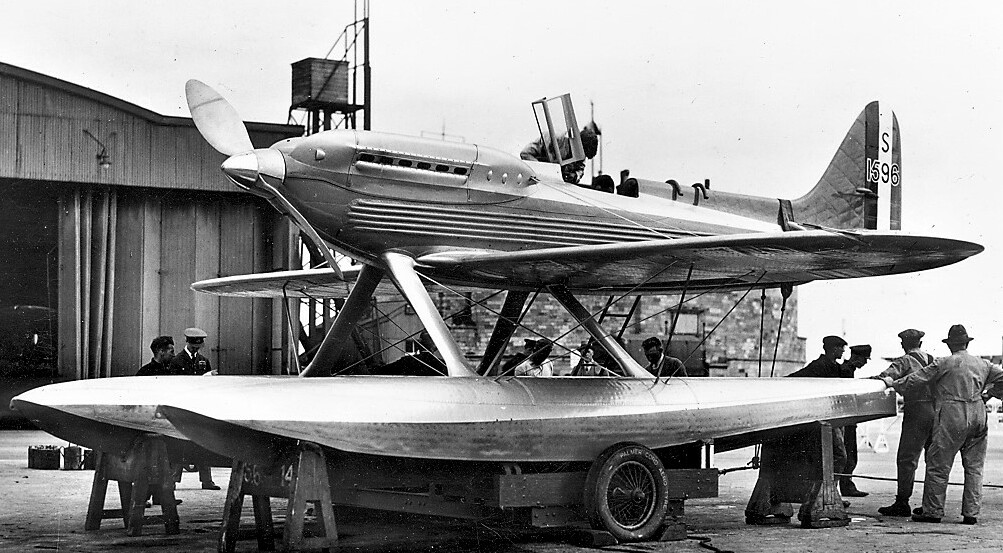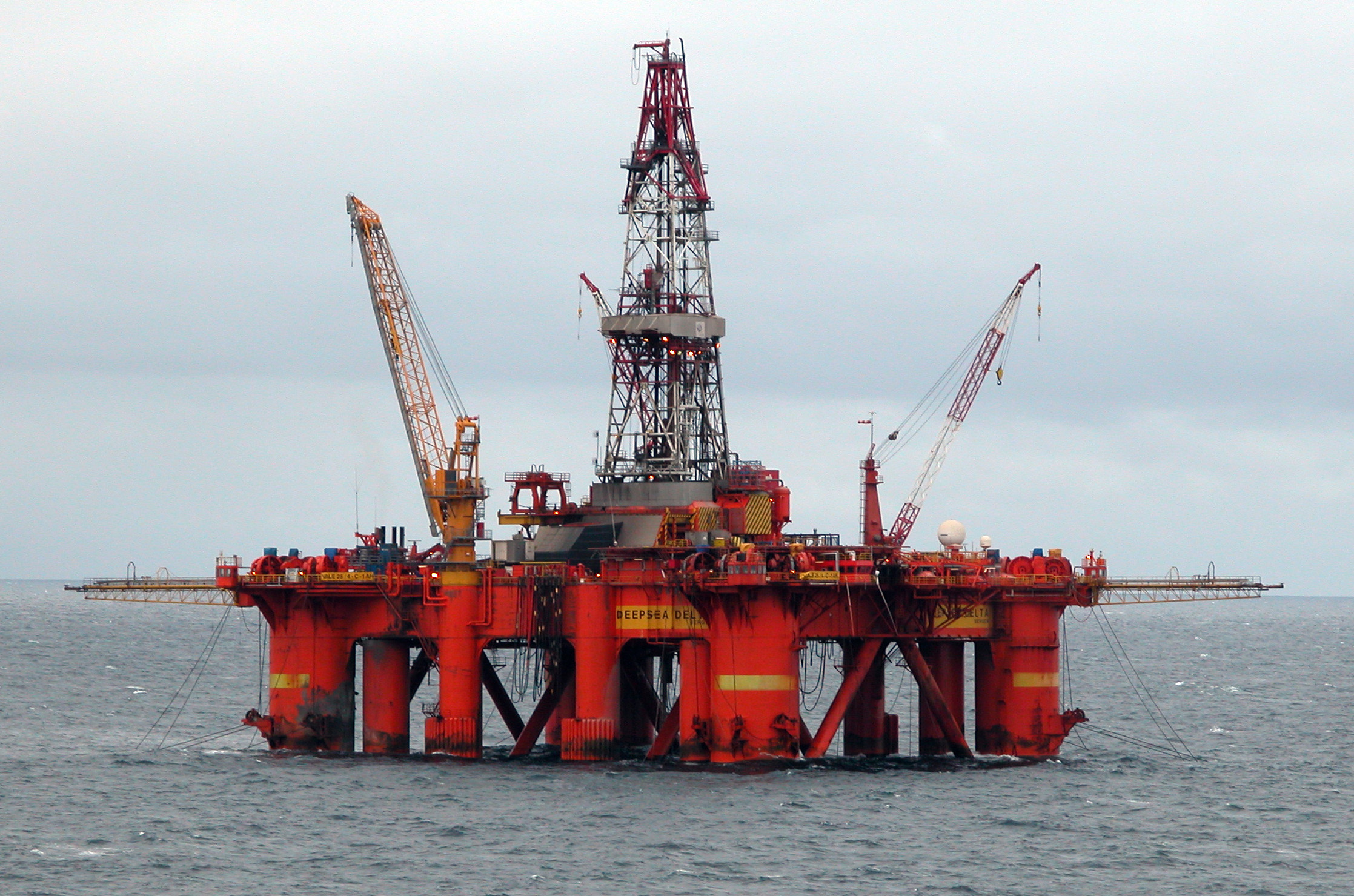|
Submersible Drilling Rig
A submersible drilling rig is a marine vessel design that can be floated to location and lowered onto the sea floor for offshore drilling activities. Design and operation The submersible drilling platform is supported on large pontoon-like structures. These pontoons provide buoyancy allowing the unit to be towed from location to location. Once on the location, the pontoon structure is slowly flooded until it rests securely on its anchors, of which there are usually two per corner. The operating deck is elevated 100 feet above the pontoons on large steel columns to provide clearance above the waves. After the well is drilled, the water is pumped out of the buoyancy tanks and the vessel is re-floated and towed to the next location. ''Submersibles'', as they are known informally, operate in relatively shallow water, since they must rest on the sea floor. Other floating vessel types are used in deeper water depths. The term Mobile Offshore Drilling Unit (MODU) is generally used for ... [...More Info...] [...Related Items...] OR: [Wikipedia] [Google] [Baidu] |
Marine Vessel
Any vehicle used in or on water as well as underwater, including boats, ships, hovercraft and submarines, is a watercraft, also known as a water vessel or waterborne vessel. A watercraft usually has a propulsive capability (whether by sail, oar, paddle, or engine) and hence is distinct from a stationary device, such as a pontoon, that merely floats. Types Most watercraft may be described as either a ship or a boat. However, numerous items, including surfboards, underwater robots, seaplanes and torpedoes, may be considered neither ships nor boats. Although ships are typically larger than boats, the distinction between those two categories is not one of size per se. *Ships are typically large ocean-going vessels; whereas boats are smaller, and typically travel most often on inland or coastal waters. *A rule of thumb says "a boat can fit on a ship, but a ship can't fit on a boat", and a ship ''usually'' has sufficient size to carry its own boats, such as lifeboats, dinghies, ... [...More Info...] [...Related Items...] OR: [Wikipedia] [Google] [Baidu] |
Offshore Drilling
Offshore drilling is a mechanical process where a wellbore is drilled below the seabed. It is typically carried out in order to explore for and subsequently extract petroleum that lies in rock formations beneath the seabed. Most commonly, the term is used to describe drilling activities on the continental shelf, though the term can also be applied to drilling in lakes, inshore waters and inland seas. Offshore drilling presents environmental challenges, both offshore and onshore from the produced hydrocarbons and the materials used during the drilling operation. Controversies include the ongoing US offshore drilling debate. There are many different types of facilities from which offshore drilling operations take place. These include bottom founded drilling rigs ( jackup barges and swamp barges), combined drilling and production facilities either bottom founded or floating platforms, and deepwater mobile offshore drilling units (MODU) including semi-submersibles or drillships. The ... [...More Info...] [...Related Items...] OR: [Wikipedia] [Google] [Baidu] |
Schlumberger
Schlumberger Limited (), doing business as SLB, is an oilfield services company. Schlumberger has four principal executive offices located in Paris, Houston, London, and The Hague. Schlumberger is the world's largest offshore drilling company. It is the biggest offshore drilling contractor (in terms of revenue) in the world. Schlumberger is incorporated in Willemstad, Curaçao as Schlumberger N.V. and trades on the New York Stock Exchange, Euronext Paris, the London Stock Exchange and SIX Swiss Exchange. Schlumberger is a Fortune Global 500 company, ranked 287 in 2016, and also listed in Forbes Global 2000, ranked 349 in 2022. History Schlumberger was founded in 1926 in Paris as the Electric Prospecting Company (french: Société de prospection électrique) by two brothers Conrad and Marcel Schlumberger from Alsace. Schlumberger supplies the petroleum industry with services such as seismic data processing, formation evaluation, well testing and directional drilling ... [...More Info...] [...Related Items...] OR: [Wikipedia] [Google] [Baidu] |
Drilling Platform
A drilling rig is an integrated system that drills wells, such as oil or water wells, or holes for piling and other construction purposes, into the earth's subsurface. Drilling rigs can be massive structures housing equipment used to drill water wells, oil wells, or natural gas extraction wells, or they can be small enough to be moved manually by one person and such are called augers. Drilling rigs can sample subsurface mineral deposits, test rock, soil and groundwater physical properties, and also can be used to install sub-surface fabrications, such as underground utilities, instrumentation, tunnels or wells. Drilling rigs can be mobile equipment mounted on trucks, tracks or trailers, or more permanent land or marine-based structures (such as oil platforms, commonly called 'offshore oil rigs' even if they don't contain a drilling rig). The term "rig" therefore generally refers to the complex equipment that is used to penetrate the surface of the Earth's crust. Small to me ... [...More Info...] [...Related Items...] OR: [Wikipedia] [Google] [Baidu] |
Floats (nautical)
Floats (also called pontoons) are airtight hollow structures, similar to pressure vessels, designed to provide buoyancy in water. Their principal applications are in watercraft hulls, aircraft floats, floating pier {{Unreferenced, date=October 2007 A floating dock, floating pier or floating jetty is a platform or ramp supported by pontoons. It is usually joined to the shore with a gangway. The pier is usually held in place by vertical poles referred to as pi ..., Rhino ferry, pontoon rhinos, pontoon bridge, pontoon causeways, and marine engineering applications such as marine salvage, salvage. During World War II the United States Navy Civil Engineer Corps developed a modular steel box (pontoon) for the Seabees to use. It was an industrial sized Lego system of pre-drilled pre-cut angle iron and steel plate that could be assembled anywhere for which they became famous. They used them to facilitate amphibious landings. With the pontoons Seabees assembled docks, causeways, a ... [...More Info...] [...Related Items...] OR: [Wikipedia] [Google] [Baidu] |
Offshore Drilling
Offshore drilling is a mechanical process where a wellbore is drilled below the seabed. It is typically carried out in order to explore for and subsequently extract petroleum that lies in rock formations beneath the seabed. Most commonly, the term is used to describe drilling activities on the continental shelf, though the term can also be applied to drilling in lakes, inshore waters and inland seas. Offshore drilling presents environmental challenges, both offshore and onshore from the produced hydrocarbons and the materials used during the drilling operation. Controversies include the ongoing US offshore drilling debate. There are many different types of facilities from which offshore drilling operations take place. These include bottom founded drilling rigs ( jackup barges and swamp barges), combined drilling and production facilities either bottom founded or floating platforms, and deepwater mobile offshore drilling units (MODU) including semi-submersibles or drillships. The ... [...More Info...] [...Related Items...] OR: [Wikipedia] [Google] [Baidu] |
Blue Water Rig No
Blue is one of the three primary colours in the RYB colour model (traditional colour theory), as well as in the RGB (additive) colour model. It lies between violet and cyan on the spectrum of visible light. The eye perceives blue when observing light with a dominant wavelength between approximately 450 and 495 nanometres. Most blues contain a slight mixture of other colours; azure contains some green, while ultramarine contains some violet. The clear daytime sky and the deep sea appear blue because of an optical effect known as Rayleigh scattering. An optical effect called Tyndall effect explains blue eyes. Distant objects appear more blue because of another optical effect called aerial perspective. Blue has been an important colour in art and decoration since ancient times. The semi-precious stone lapis lazuli was used in ancient Egypt for jewellery and ornament and later, in the Renaissance, to make the pigment ultramarine, the most expensive of all pigments. In the ... [...More Info...] [...Related Items...] OR: [Wikipedia] [Google] [Baidu] |
ODECO
ODECO (Ocean Drilling & Exploration Company) was an offshore drilling company. In 1992, it was acquired by Diamond Offshore Drilling. History In 1953, the company was founded by Alden J. "Doc" Laborde, who also founded Tidewater, and John Hayward. Hayward was the builder of the Barnsdall rig and holder of the patent on submersible drilling barge methodology. Charles Murphy Jr. of Murphy Oil invested $500,000 in the company and assisted Laborde in finding additional investors. Alexander Shipyard in New Orleans constructed the company's first rig, which was delivered in 1954 and immediately contracted to Shell Oil. The rig was named ''Mr.Charlie'' after Charles Murphy. ''Mr. Charlie'' was retired in 1986. After noticing the stability of submersible rigs when they were only partially submerged for relocation and the success of Shell's conversion of the Blue Water rig, Laborde designed and constructed the first purpose-built V-shaped semi-submersible drilling rig, ''Ocean Driller'', ... [...More Info...] [...Related Items...] OR: [Wikipedia] [Google] [Baidu] |
Semi-submersible Platform
A semi-submersible platform is a specialised marine vessel used in offshore roles including as offshore drilling rigs, safety vessels, oil production platforms, and heavy lift cranes. They have good ship stability and seakeeping, better than drillships. Characteristics Offshore drilling in water depth greater than around 520 meters requires that operations be carried out from a floating vessel, since fixed structures are not practical. Initially in the early 1950s monohull ships such as CUSS I were used, but these were found to have significant heave, pitch and yaw motions in large waves, and the industry needed more stable drilling platforms. A semi-submersible obtains most of its buoyancy from ballasted, watertight pontoons located below the ocean surface and wave action. Structural columns connect the pontoons and operating deck. The operating deck can be located high above the sea level owing to the good ship stability of the design, and therefore is kept well away from th ... [...More Info...] [...Related Items...] OR: [Wikipedia] [Google] [Baidu] |
.jpg)


